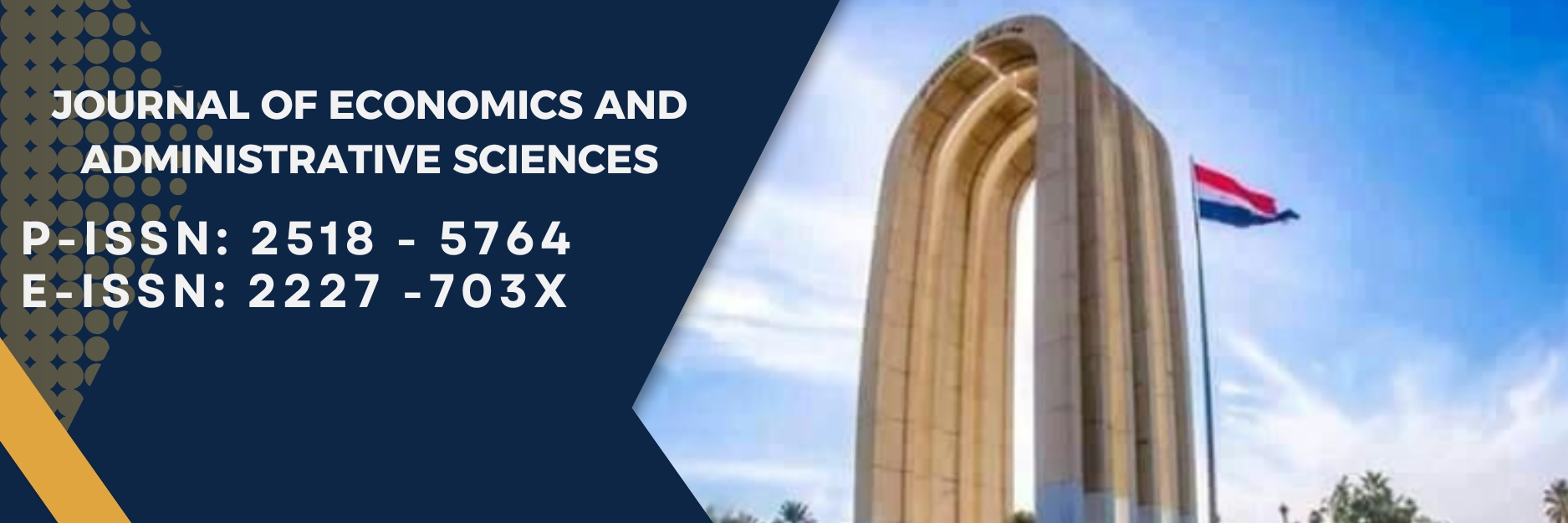Using Iterative Reweighting Algorithm and Genetic Algorithm to Calculate The Estimation of The Parameters Of The Maximum Likelihood of The Skew Normal Distribution
DOI:
https://doi.org/10.33095/jeas.v27i127.2148Keywords:
Skew Normal Distribution, Maximum Likelihood Method, Genetic Algorithm, Iteratively Reweighting Algorithm., التوزيع الطبيعي الملتوي، طريقة الامكان الاعظم، الخوارزمية الجينية، خوارزمية اعادة الوزن التكرارية .Abstract
Excessive skewness which occurs sometimes in the data is represented as an obstacle against normal distribution. So, recent studies have witnessed activity in studying the skew-normal distribution (SND) that matches the skewness data which is regarded as a special case of the normal distribution with additional skewness parameter (α), which gives more flexibility to the normal distribution. When estimating the parameters of (SND), we face the problem of the non-linear equation and by using the method of Maximum Likelihood estimation (ML) their solutions will be inaccurate and unreliable. To solve this problem, two methods can be used that are: the genetic algorithm (GA) and the iterative reweighting algorithm (IR) based on the Maximum Likelihood method. Monte Carlo simulation was used with different skewness levels and sample sizes, and the superiority of the results was compared. It was concluded that (SND) model estimation using (GA) is the best when the samples sizes are small and medium, while large samples indicate that the (IR) algorithm is the best. The study was also done using real data to find the parameter estimation and a comparison between the superiority of the results based on (AIC, BIC, Mse and Def) criteria.
Downloads
Published
Issue
Section
License
Articles submitted to the journal should not have been published before in their current or substantially similar form or be under consideration for publication with another journal. Please see JEAS originality guidelines for details. Use this in conjunction with the points below about references, before submission i.e. always attribute clearly using either indented text or quote marks as well as making use of the preferred Harvard style of formatting. Authors submitting articles for publication warrant that the work is not an infringement of any existing copyright and will indemnify the publisher against any breach of such warranty. For ease of dissemination and to ensure proper policing of use, papers and contributions become the legal copyright of the publisher unless otherwise agreed.
The editor may make use of Turtitin software for checking the originality of submissions received.


























